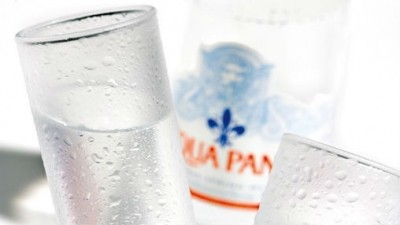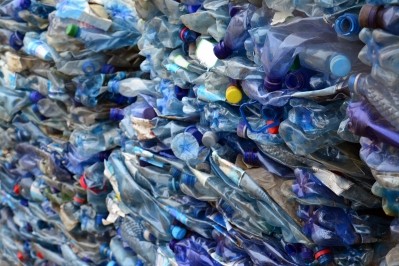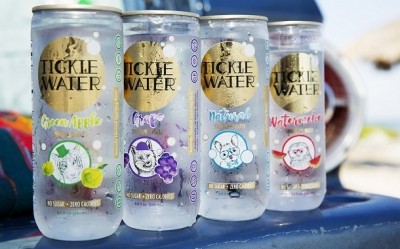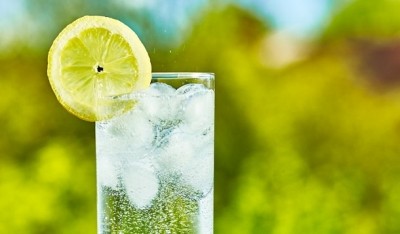Asia Pacific proves a boon for global sparkling water market
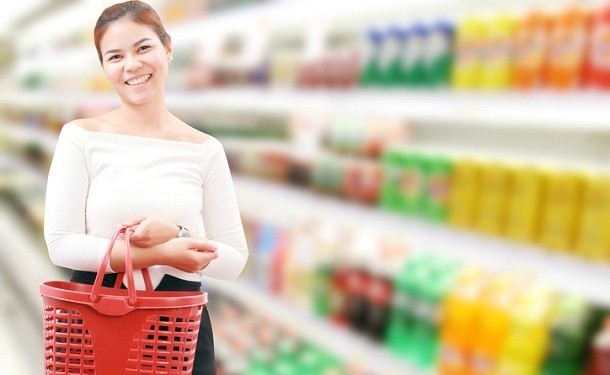
Sparking water companies, such as SodaStream, have benefitted from this noticeable regional growth. Sparkling water sales for the company in Asia-Pacific rose to $12.9m, representing 43% year-over-year growth and the company’s fastest growing region, SodaStream CEO Daniel Birnbaum said during a quarterly earnings call.
Over the next couple of years, SodaStream will be investing in the Japanese market where it has seen particular sales success.
“Growth in Japan remains on a steep upward trajectory driven by strong double-digit gains,” Birnbaum said. “We have begun to step up our marketing investments to further accelerate household penetration in Japan.”
Health conscious attitudes rises in less-developed Asia Pacific
One of the primary reasons for this popularity and growth has to do with the decline of soda consumption, a common trend in the US and Canada, but a newer attitude in Asian countries. But now Asian consumers are opting for flavored and unflavored sparkling water over sugary carbonated soft drinks.
“The popularity of sparkling water in Asian economies and the availability of product and flavor variants have contributed to market growth. Sparkling water has garnered attention because it is thought to have numerous health benefits and has no artificial sugar content,” Manjunath Reddy, a non-alcoholic beverages research expert from Technavio, said.
The rising rate of obesity has contributed to the growth of flavored and unflavored carbonated water in Asia. Many bottled water manufacturers are responding to this by creating their own versions of sparkling water to meet health-conscious consumer demands.
Rapid industrialization and rising disposable income
Rising disposable incomes and the hot, humid climate in Asia Pacific are accelerating the market growth of sparkling water even more throughout the southeastern region of Asia. In addition, rapid industrialization in emerging countries such as China, India, and Singapore is also helping to boost the sales of carbonated water, as consumers are increasingly able to afford bottled water.
Nielsen projects that by 2020 the middle class of Southeast Asia will double to 400 million people, and with that, spending on household items such as bottled sparkling water will increase.
“Awareness about the purity and safety of bottled water, and contamination of drinking water sources are some of the drivers of this market. The upsurge in demand from countries such as India, Indonesia, and China, as well as the growth of the middle-class population that demands better living standards, will also affect market growth,” Reddy said.
